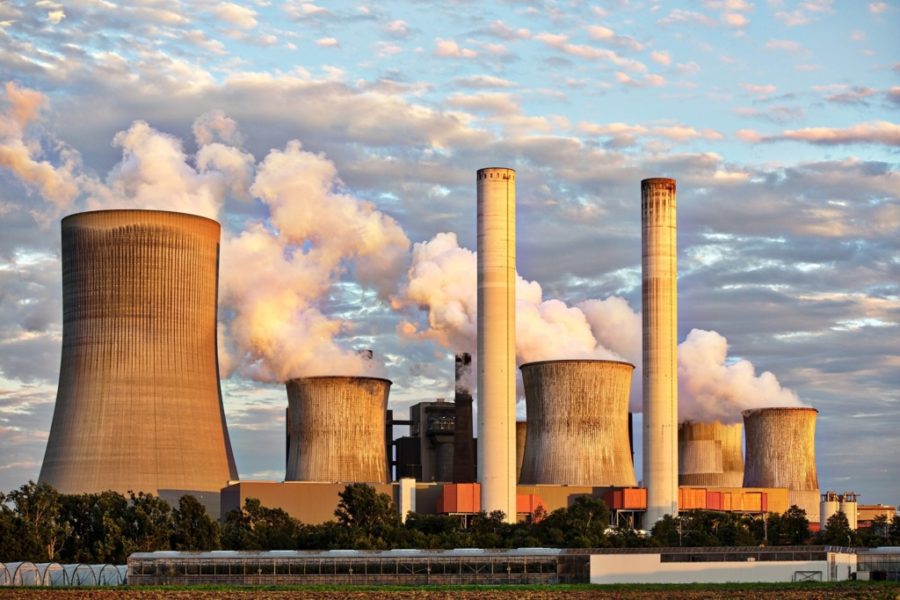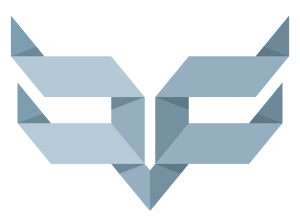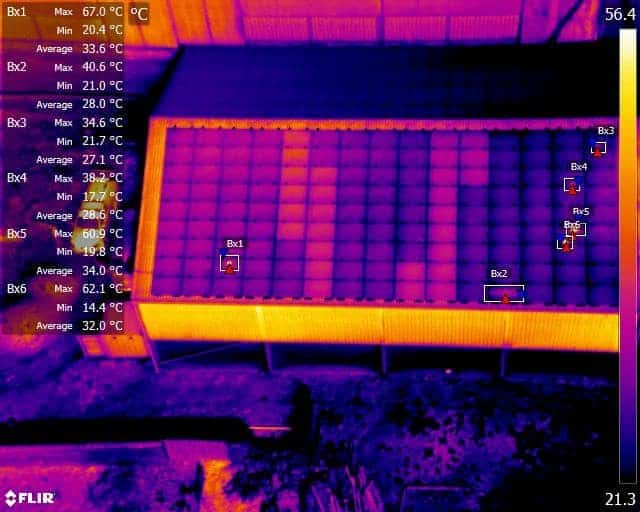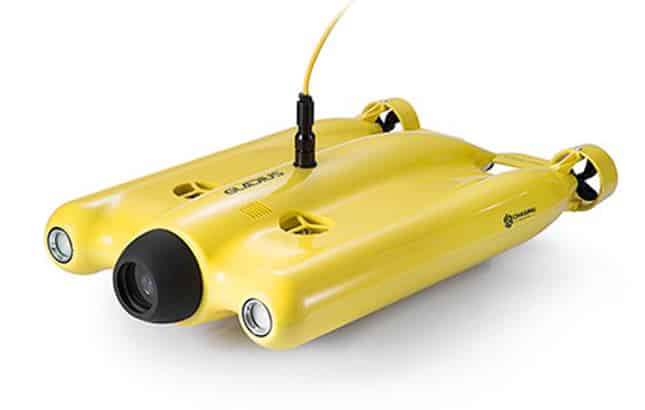
Drones and Decommissioning Nuclear Power Plants

A detailed study undertaken by the Nuclear Decommissioning Authority has identified a role that UAVs can play in reducing both employee risks and the time and cost involved in decommissioning a nuclear power station.
The conclusion following this detailed research is that drones really can offer benefit as part of the complex decommissioning process and the NDA will be exploring future opportunities to deploy these unmanned aircraft to aid them in their work. As well as carrying cameras, drones can be rigged to carry all sorts of other equipment that allow them to interact with and examine the environment. Using UAVs instead of deploying personnel greatly reduces the risks associated with staff working at height and also reduces the time that they need to spend in a highly radioactive environment.
It is envisioned that advances in drone technology will make their part on the decommissioning team even more cost effective – technology advances reduce the cost associated with creating and maintaining a drone fleet – and flight times will become longer allowing inspection flights covering pipes, chimneys and other radioactive facilities to be carried out even more efficiently. There’s even research ongoing into shape changing drones that will be able to fly in congested areas.
This is just another example of new areas that industry is discovering all the time where drones can be deployed to offer substantial benefits over traditional methods.
Expert Infrared Inspections for Accurate Thermal Assessments
Need professional thermographic analysis for your project? Our certified experts use the latest infrared technology to deliver precise results. Contact Drone Media Imaging today for expert thermal imaging services.
related posts
Capture the magic of BBC Children in Need 2023 with stunning drone aerial views! Our expert team will skillfully navigate the skies, providing breathtaking footage that showcases the incredible work being done. From heartwarming stories to unforgettable moments, our drone shots will elevate your content and help raise awareness for this important cause.









